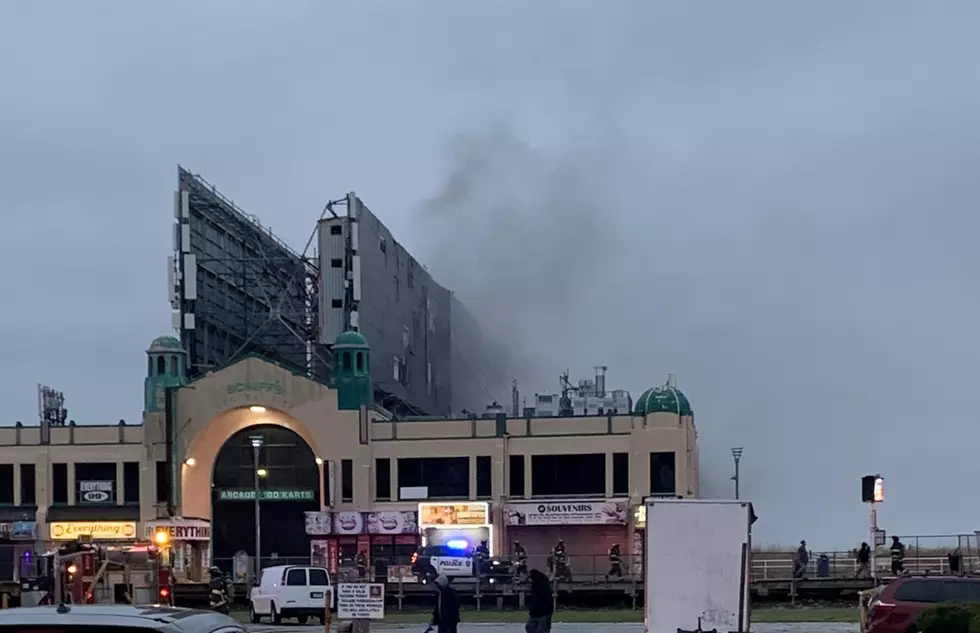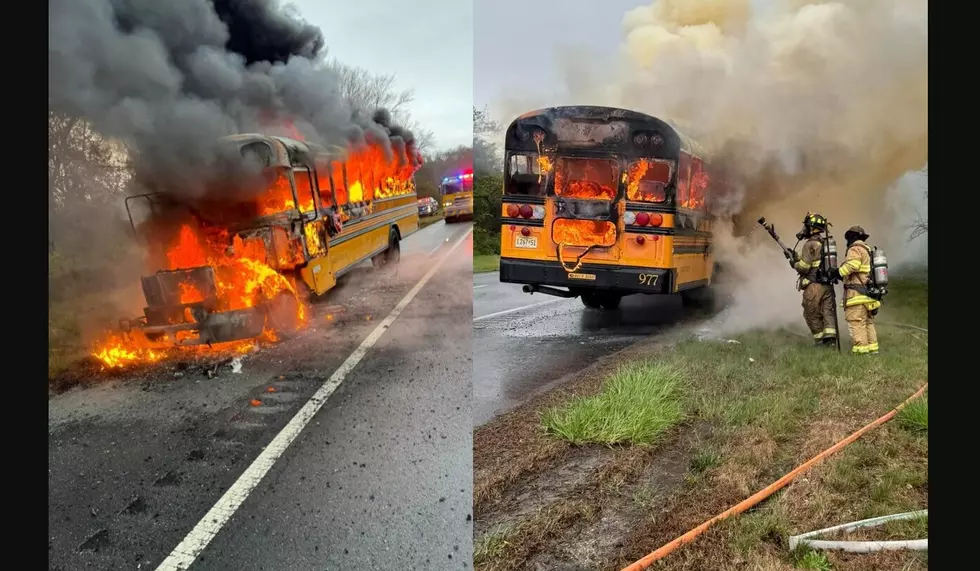
Why Some NJ Communities Always Have Flooding Problems
Have you noticed?
Every time there’s a significant rainstorm in New Jersey, even for only a few hours, some areas always seem to have flooding issues.
According to Vince Mazzei, manager of the state Department of Environmental Protection’s Land Use Regulation Bureau of Technical Services, this is not a new problem.
“Back in colonial times, all of New Jersey’s settlements were in areas along water because waterways were the first mode of transportation. So, all of New Jersey’s older communities have flooding issues because of that,” he said.
He pointed out that “the old roadways that were created back then, a lot of times you can’t really raise them up or elevate them, because of driveways and businesses and houses that are already on them. So fixing the problem is a difficult thing to do.”
He added, “A lot of the major roadways that we have, especially the major arteries, were built a very, very long time ago. They could have started out as horse paths that were updated over time and then paved.”
Mazzei said we know a lot more today about flooding than we used to.
“We understand the proper means of storm water management — collecting runoff when it rains from roadways and properly treating it and disposing it in waterways,” he said.
Another problem that causes flooding is the amount of rain that falls, and the intensity of it.
“The volume of runoff that occurs today is more than it would have been 50 years ago,” he said.
“When you put all those things together, you have a situation where when rain does occur, it can’t be taken off the roadway fast enough and it tends to linger in communities.”
He noted DEP regulations have been updated and new guidelines must be followed for any new construction.
“When someone wants to build a house in a flood zone, we make sure that they’re properly elevated, much higher than even the federal government requires. New Jersey has a stringent standard there,” he said.
“And public roadways have standards where they have to be elevated as much as they can if they’re being reconstructed or if new roadways are going in.”
Multi-residence buildings like apartment complexes are required to have a roadway that comes in and out of the structure that’s elevated above flood elevation levels, so people will be able to get out in an emergency.
“Also there has to be a robust storm water management plan, so we need to look at calculations and site plan drawings that show where the water will go when it rains.”
He said the bottom line is “we’ve adopted these standards over time, the problem is in these older communities it’s very hard to retro-fit existing roadways.”
More From WPG Talk Radio 95.5 FM










